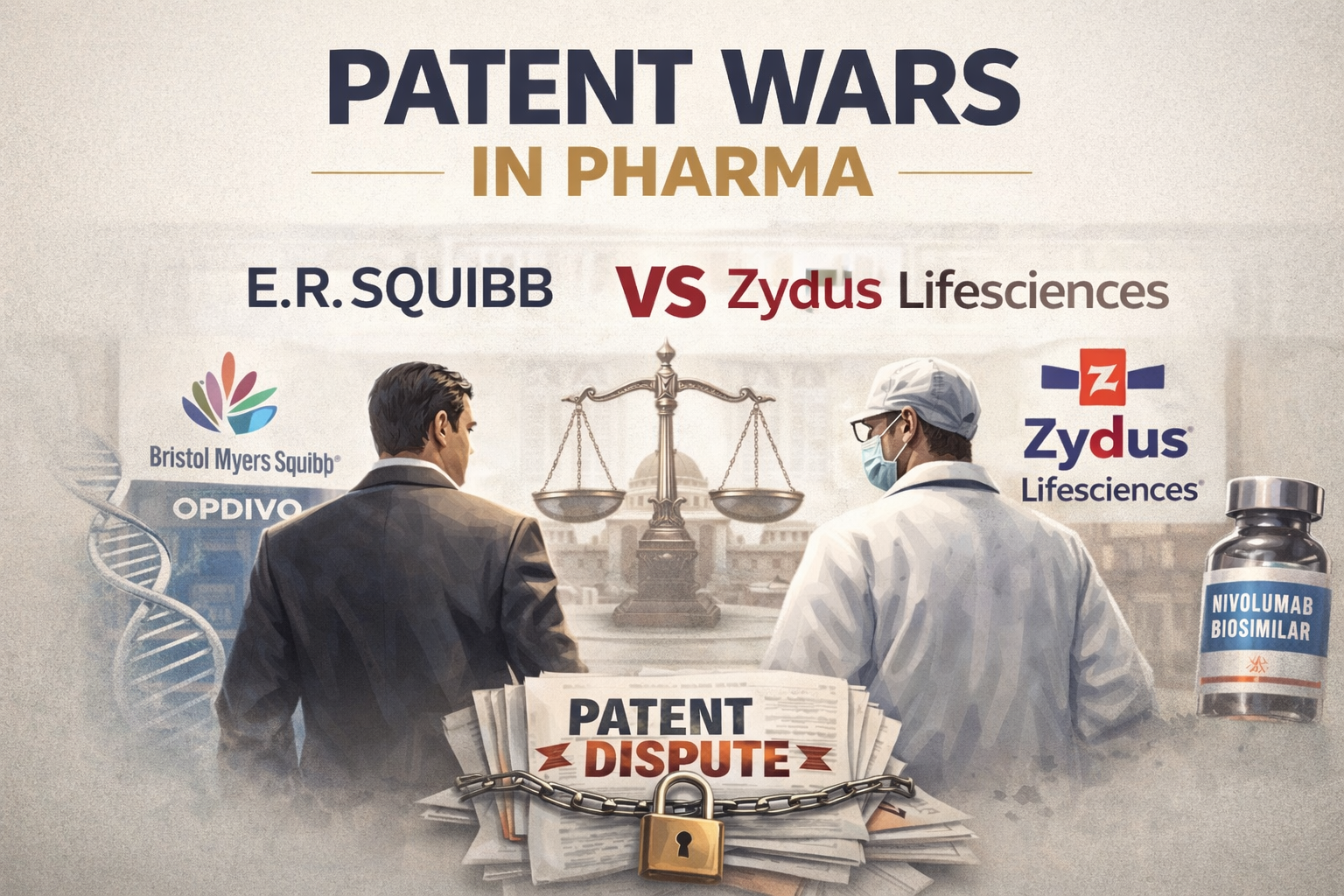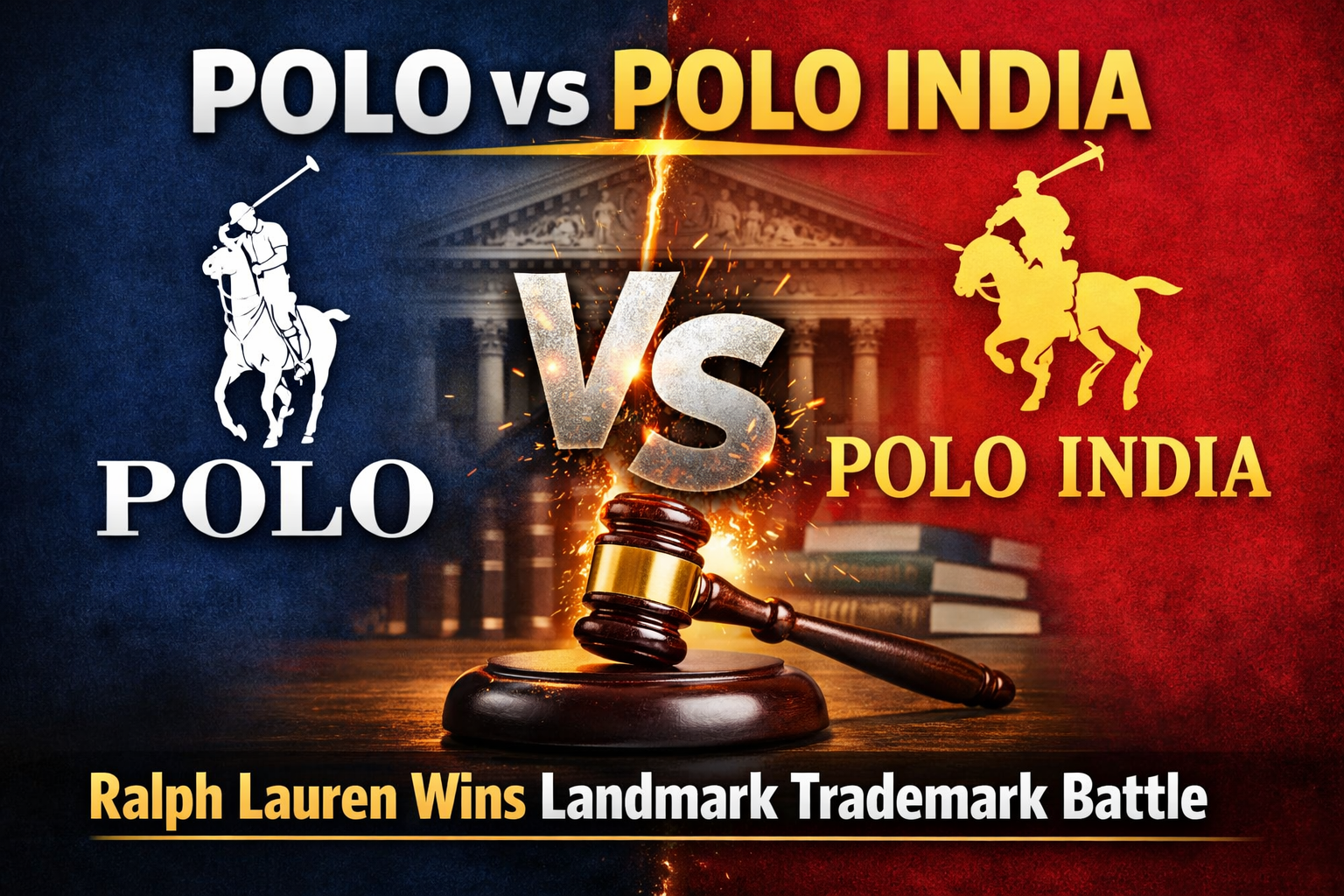Intellectual Property Right is a tool to get the exclusive rights and monopoly in any domain where any inventors, authors, researchers or developers get the recognition of their efforts, time, money and mind creation. IPR has a significant impact in the pharmaceutical industry from discovery and development to pricing, distribution, competitive mapping, availability and pricing of new medicines. Pharmaceutical companies have grown rapidly due to increased protection of intellectual property rights in industrialized countries.
A stronger intellectual property system helps pharmaceutical companies in protecting innovation from research to development stage. Creating, managing and protecting intellectual property is becoming an important source of capital needed to raise investment in R&D. Intellectual property also plays a crucial role in the mergers and acquisitions of target SMEs, and is an independent commodity that can be traded through licensing, joint ventures, etc.
Moreover, every Pharmaceutical company requires the IPR Protection for their products, machines, process or anything etc. likewise for Products – Patent or Trademark; Machines – Patent or Industrial Design, Process – patent or copyright; Brand – Trademark or Copyright; Technology – Patent. Thus, any invention, innovation, or act of human creation encourages the development of new products or process that is safeguarded by intellectual property rights.
Major benefits of IPR are encourage the innovators by providing the recognition, exclusivity in the market and remove the hustles of burden of proof and litigation where exclusivity leads to healthy competition and major economic growth in the Pharmaceutical market.
Further, Patent Right is also considered as a negative right where the Patent holder prevents the third person from manufacturing, selling, using or importing of the patented product, process, or composition. Therefore, there is a provision of compulsory license where the other company can issue the compulsory license to develop the drug and sell it in lower price
Indian’s first compulsory license was granted in 2012 in the case of Bayer V. Natco. Mainly, three conditions for granting the compulsory license are reasonable requirements of the public with respect to the patented invention have not been satisfied; or, the patented invention is not available to the public at a reasonably affordable price; or, the patented invention is not worked in the territory of requirements. Although, compulsory license can be used as an effective tool to combat anti-competitive practice and it can stop monopolization which will help India grow its pharmaceutical industry.
Ideally, the IP system should cover the scope of product development. By focusing on IP strategies, companies can avoid lawsuits that could result in financial losses for the company. Additionally, they can exploit IP-related products through commercialization and licensing. This has increased the demand for low-value drugs and the rapid growth of pharmaceutical companies.




Leave a Reply